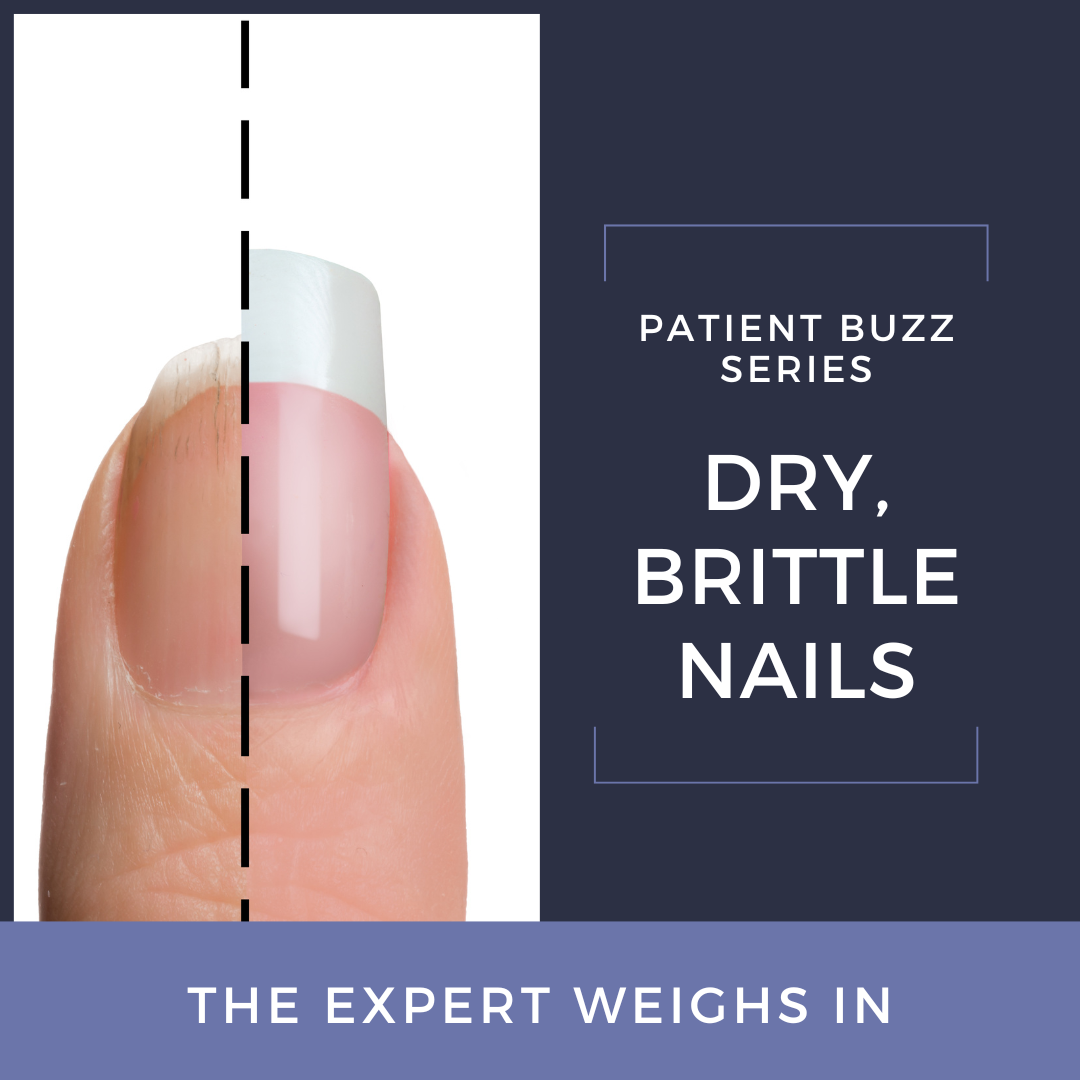Bustle recently posted an article on tricks to strengthen dry and brittle nails. How should dermatology clinicians counsel their patients who have dry, brittle nails? What nail conditions are sometimes misdiagnosed as dry, brittle nails?
For expert advice, I reached out to Molly Hinshaw, MD, professor of dermatology, section chief of dermatopathology and director of the nail clinic at the University of Wisconsin School of Medicine and Public Health.
Are increased hand-washing and hand sanitizing since the pandemic the main causes of dry, brittle nails?
Brittle nails worsen in environmental conditions that pull water and lipids from the nail plate. This includes frequent hand washing and hand sanitizers. Nonetheless, we do not tell people with brittle nails to avoid these important aspects of keeping themselves healthy. Rather, limit them to when needed and have patients address the other environmental causes of brittle nails.
Are there any nail conditions that are sometimes misdiagnosed as dry, brittle nails?
Brittle nails are fragile nails that split, chip and break easily. Those problems may happen as a primary problem or secondarily related to other primary nail conditions including in psoriasis, lichen planus, and in the setting of fungal infections, onychomycosis. Clues that brittle nails are secondary to another nail disorder are when they stop growing, become thinned, thickened, onycholytic or are associated with paronychia. At that point, a skin exam as well as a nail plate clipping or biopsy may be warranted to evaluate for other causes of brittle nails.
What environmental steps should people take to help their nails heal?
When trying to improve brittle nails, it is critical to reduce nail injury and to keep as much water in nails as possible so they flex and bend as they should. Here are my recommendations:
-
- Keep brittle nails short enough so when patients place the tip of their finger on a tabletop the skin of their fingertip touches the table before their nail does.
- When needed, cut nails straight across and very slightly round the edges with a glass nail file.
- Avoid filing the surface of the nail as this will make nails more likely to split.
- Limit wet-to-dry cycle exposure of nails by wearing gloves for wet work.
- Wear cotton-lined gloves during contact with irritants like water, chemicals or friction.
- Rehydrate nails by putting a moisturizer on them frequently including after hand washing and at bedtime.
How should dermatology clinicians counsel their patients who have dry, brittle nails about salon manicures or pedicures?
Know that nail polish itself should not worsen brittle nails. However, the processes used to prepare a nail for a manicure or pedicure and removal of nail adornments, such as acrylics or photocured polish, do worsen brittle nails. If patients polish their nails themselves, then to limit brittle nails they should change the polish no more than every one to two weeks. Both acetone-based and non-acetone nail polish removers dehydrate the nail.
What else should dermatology clinicians know about caring for dry, brittle nails?
Because brittle nails are such a common problem made worse by aging and so many common environmental settings that patients cannot totally avoid, it is important to emphasize that our treatment is aimed at improving but not curing brittle nails. While biotin (vitamin B7) is in many foods and is made by commensal intestinal bacteria, the lack of efficacy and fact that it can interfere with important laboratory results like thyroid, troponin and pregnancy test results mean that in general it should not be recommended as a treatment for brittle nails. After a visit with a patient for brittle nails, I educate them to return to clinic if they develop other nail disorders besides brittle nails so they are not attributing all nail issues to their brittle nails.
Did you enjoy this Patient Buzz expert commentary? You can find more here.

